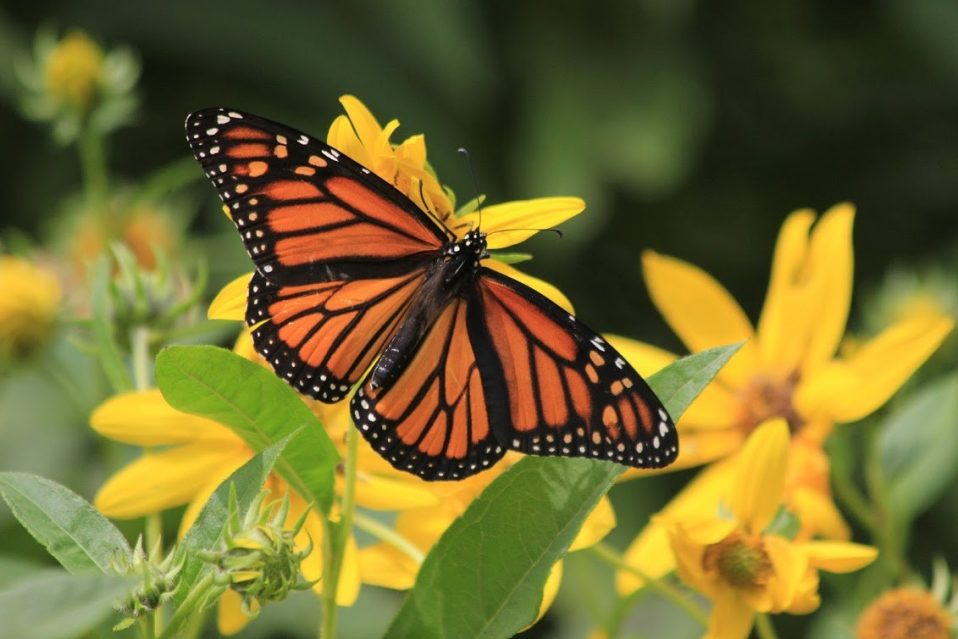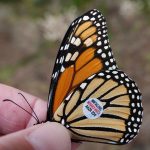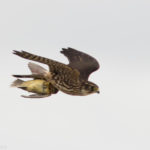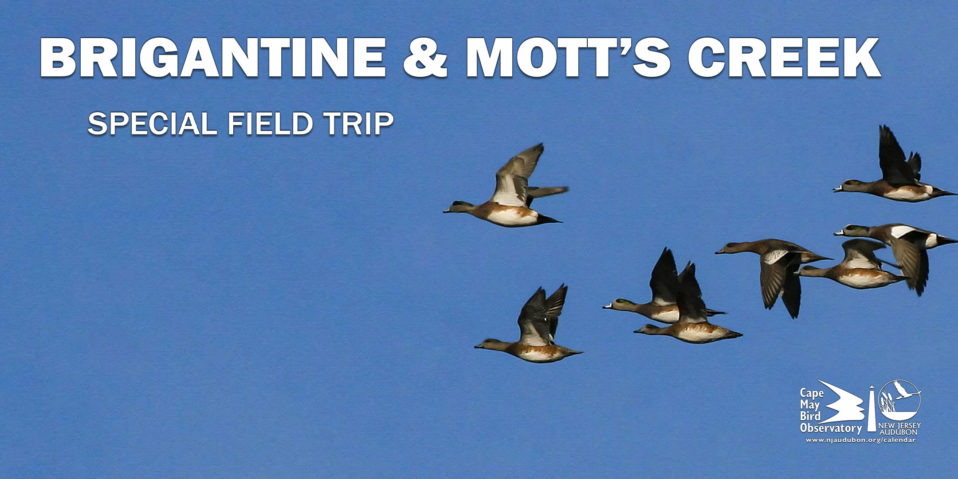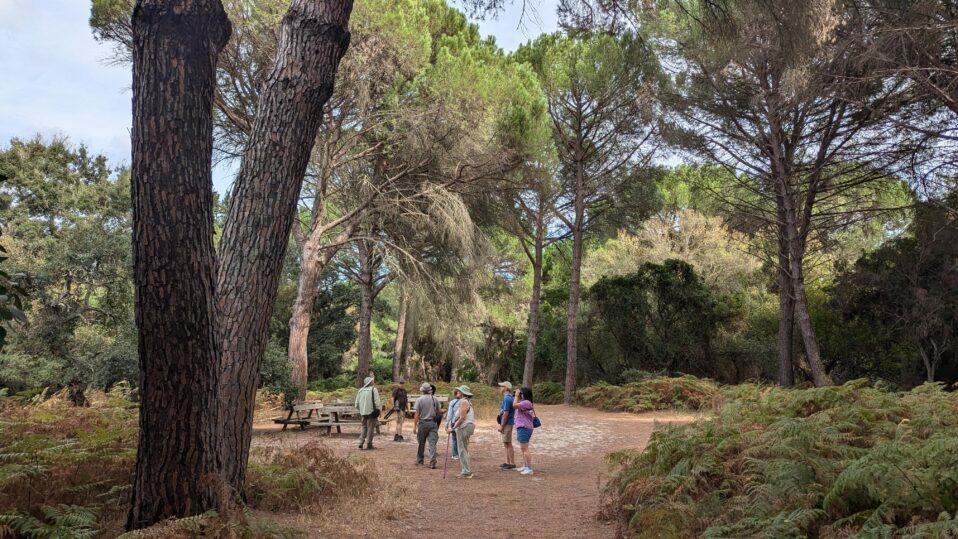It’s been a while since our last post, and we apologize for that, but we’re starting to get busy with monarchs in Cape May Point. The weather changed abruptly on September 18, with cooler temperatures and winds blowing from the north. North winds trigger migration, but most monarchs come into Cape May when there’s also a westerly component, and for 4 days we had winds from the northeast. We saw some influx of monarchs into Cape May, certainly more than we had seen earlier in the season, but the numbers really picked up over the last 3 days. Gentle northeast winds today triggered an exodus, as many headed out across the Bay towards Delaware, but there’s still no shortage of monarchs at Cape May Point. South winds are predicted for Monday and Tuesday, and while that’s not likely to bring many more monarchs into Cape May, the ones that are here aren’t likely to leave.
That should all change Wednesday, if the forecast holds, when the next cold front is predicted to arrive bringing northwest winds and, with luck, a big influx of migrating birds and monarchs. Another front is predicted to arrive on Friday, meaning we could be in for several excellent days for viewing monarchs throughout southern New Jersey. Most of our work is focused on Cape May Point, and we suggest that monarch fans visit the public gardens at Pavilion Circle, the south end of Lake Lily, Triangle Park, and Cape May Point State Park — all can be very good spots for viewing monarchs.
The next week will bring the beginning of the bloom period for seaside goldenrod, a great nectar source that is widespread in the dunes. You can observe from the beach or one of the dune crossover trails, but never walk into the dunes away from the paths — footsteps can quickly turn into erosion on these sandy structures, and the dunes are crucial for protecting coastal areas from storm tides and floods.
There are many other places where monarchs concentrate in southern New Jersey. The south end of the barrier islands along the Atlantic coast are often excellent, places like the Two Mile Beach Unit of the Cape May National Wildlife Refuge and Stone Harbor Point. There are some great spots along the Delaware Bay shore as well, with East Point, at the mouth of the Maurice River in Cumberland County, a particularly good location. Any meadow filled with fall-blooming flowers can be good, such as the meadow filled with tall goldenrod at the Garrett Family Preserve, where our team is conducting monarch programs on Friday and Saturday afternoons this fall. Find information about registering for our programs here: https://njaudubon.org/event/monarch-biology-5/. Pay careful attention to the directions if you do sign up, some folks have had trouble finding this hidden gem of a nature reserve, which is owned and operated by The Nature Conservancy.
Our team has been tagging lots of monarchs, so it’s time for our annual reminders about tagging monarchs. If you see a monarch with a tag, try to read the code that’s the final line on the tag, consisting of 4 letters and 3 numbers. On the monarch shown below, that code is ACBA 170. Often a digital photo can be enlarged on the computer and the tag code can be read. Visit the web address shown on the tag, mwtag.org, and fill out the form with the date and location of your find, and you’ll be making a big contribution to our understanding of monarch migration.
We know that there are other monarch enthusiasts who tag — anyone who is interested can purchase tags from Monarch Watch, and there’s no special license required. If you’re a tagger and you’re not part of our project, we’d suggest visiting one of the other sites listed above, as we have Cape May Point well covered, but if you do tag here, we ask that you share your tagging data so we can include your tagging numbers with our long-term data set. Many thanks!




